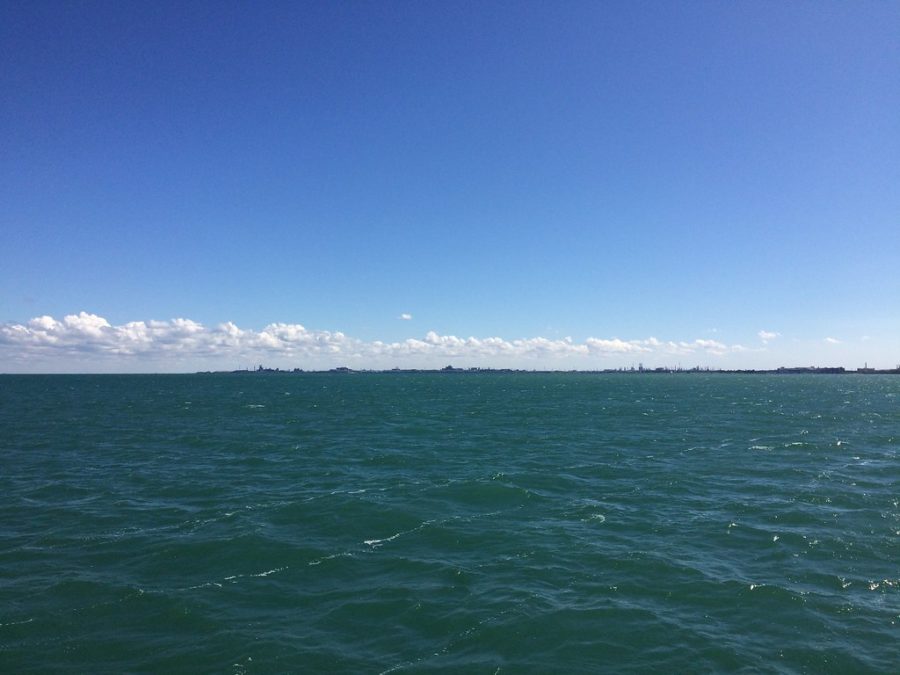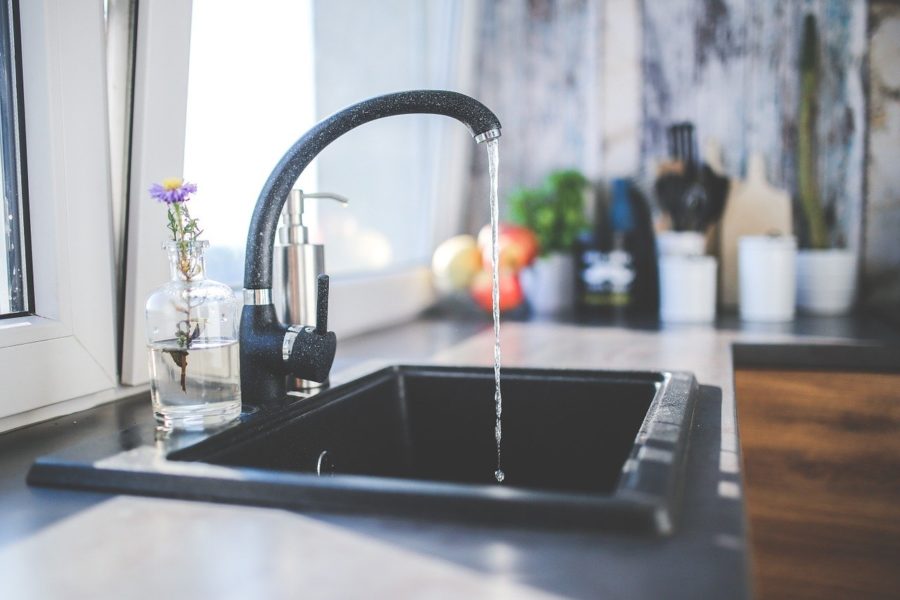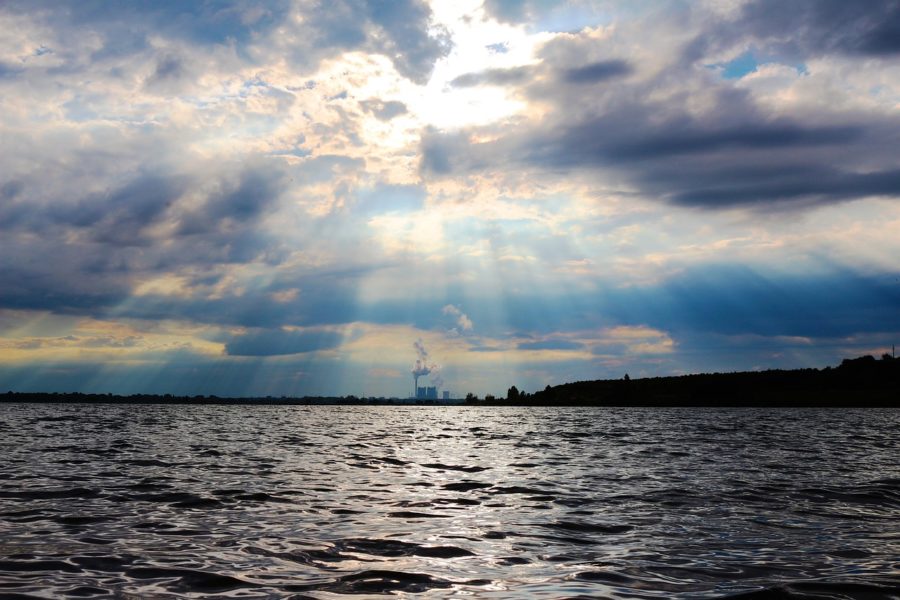The city of Joliet (“City”), the fourth largest city in Illinois, has decided to secure its drinking water from Chicago instead of Hammond, Indiana.[i] Joliet has historically been dependent on groundwater, pumping from the Ironton Galesville aquifer at an unsustainable rate.[ii] The City has known since the 1960s that the pumping rate exceeds the rate of recharge into the aquifer.[iii] Estimates show the aquifer will likely run dry by the year 2030, forcing the City to seek out alternatives.[iv]
Joliet examined fourteen alternative water sources in Phase I of its exploration.[v] During Phase II, five sources were studied in more detail to replace the existing water source in Joliet, including several municipal Lake Michigan intake systems and the Kankakee and Illinois Rivers.




